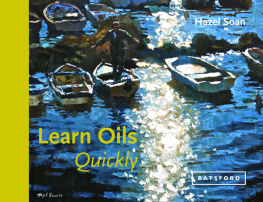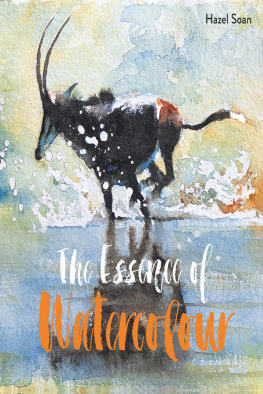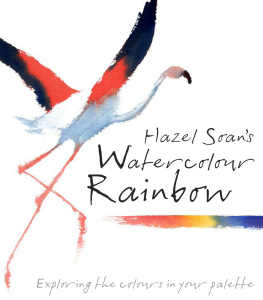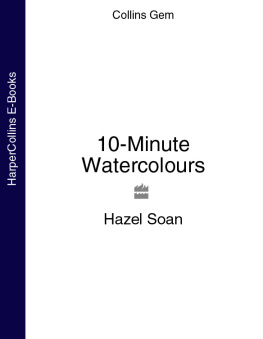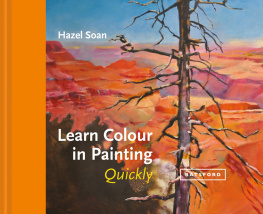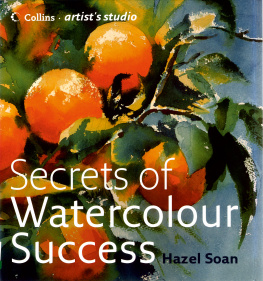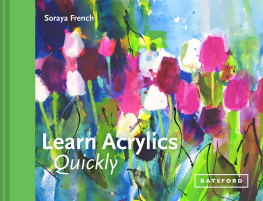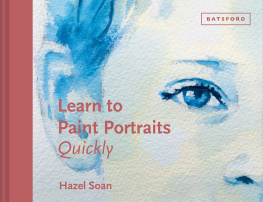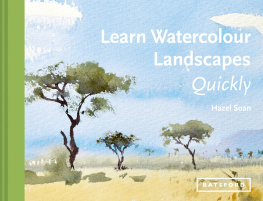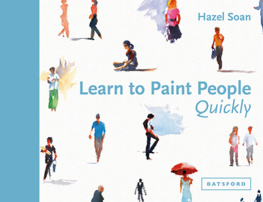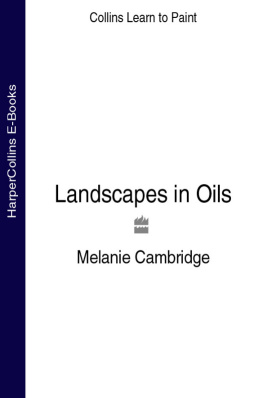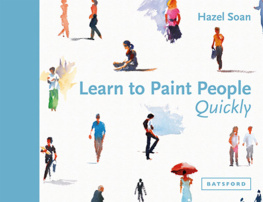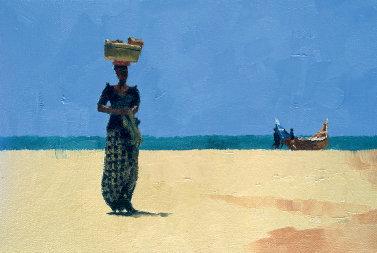
LEARN
OILS
QUICKLY
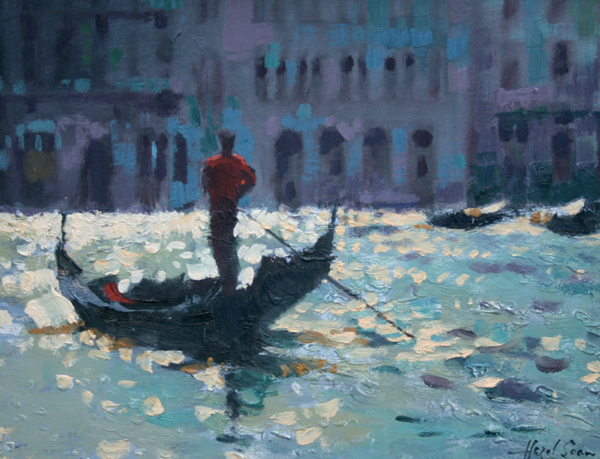
Gliding through History(30 x 40 cm / 12 x 16 in)
LEARN
OILS
QUICKLY
Hazel Soan

To my father
Acknowledgements
Thank you to everyone involved in making this book. To Tina Persaud at Pavilion and especially Cathy Gosling for giving me the opportunity, to Lucy Smith for making design and layout so straightforward, to Sally Bond and Michelle Mac for the design, and to my readers for wanting to learn to paint quickly!
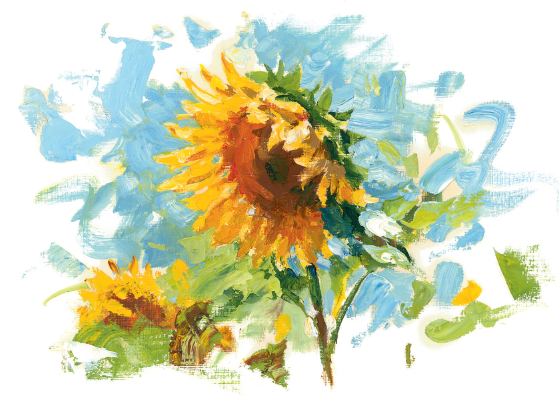
Contents
Introduction
The charm of oil painting is choice. The paint is easy to handle, with immediate results. Oil paint takes time to dry, so many beginners think that painting in oils must take time too. Not so: you can paint fast in oils precisely because the slow drying time of the paint makes the manipulation and fusion of colours easy. Whats more, when oils dry, they can be painted over. In short, you cannot go wrong with oil paint, because you can always put it right! It is therefore the perfect medium for gaining confidence in painting and the ideal medium for beginners. This book is intended to be read quickly. In less than an hour, you will know enough about painting with oils to start making your own paintings.

Oil paint can be used in any consistency. For this lemon, the dark colours were brushed in thinly, while the light colours were painted with slightly thicker paint, offering the appearance of detail with very few actual brushstrokes.
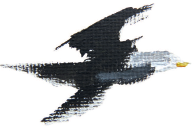
Of Sea and Sky56 x 71 cm (22 x 28 in) Oil paint can be painted loosely, straight from the tube, and laid on thickly, showing visible brushmarks. Look at the freedom of the brushstrokes in the detail of the bird. The textured canvas adds to the tactile quality of this versatile medium.
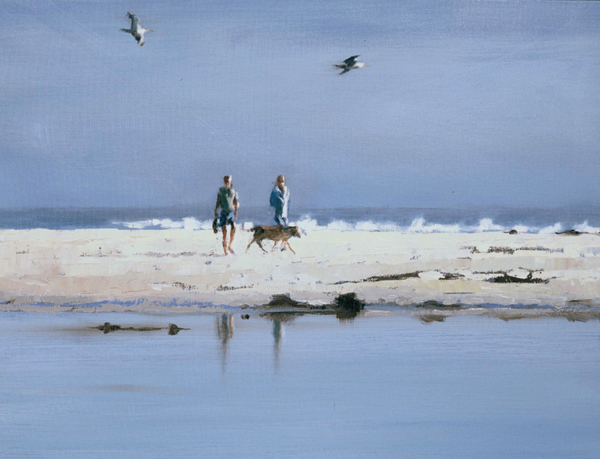
CHAPTER 1
What you should know about oils


Sean and Yassen25 x 30 cm (10 x 12 in) This quick sketch of my son and his puppy was painted directly on unprimed, buff-coloured board with undiluted oil paint. The rich, dense colour stays fresh and makes a great memory!
Oils are versatile
Oil paint has a rich, buttery texture, giving it a charming, tactile quality. It comes in tubes and is made from pigment mixed with drying oils, such as linseed or poppy. The advantage of an oil binder means that the paint is slower to dry than other painting media, such as acrylics or watercolour, and this makes it open to manipulation.
To use the paint, you squeeze it from the tube on to a palette, mix colours together with a palette knife, and apply with stiff brushes to an upright surface or support such as canvas or board. The wet paint can be pushed around for up to 12 hours, depending on the pigment used. Colours can be blended together, brushstrokes added, and paint scraped off or even scratched into. You can adjust your painting until you like the result.
Oil paintings take a few days to dry, but then you can paint new colours over the top. A painting is only considered thoroughly dry after three to six months; at this point you can apply varnish for protection or to brighten sunken colours.
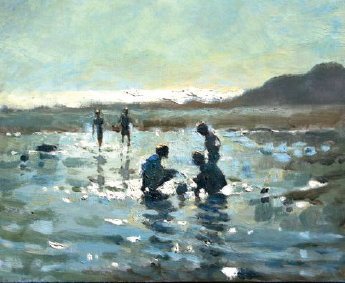
Beach Seekers30 x 35 cm (12 x 14 in) The speed with which oils can be applied makes this an ideal medium for capturing active moments.
Robust, durable and quick
You can paint oils on almost any surface, of any size, and with a variety of instruments and tools. Oil paint is essentially an opaque medium, which you can correct as you go along, but it can also be painted in transparent glazes. Oils can be painted quickly, especially on a mid-toned ground, or they can be painted in multiple layers over a long period of time. They can be painted loosely or in great detail. The available techniques are so rich and varied that this book can only skim the surface. The results are robust, durable pieces of art that can be hung anywhere. Are there any downsides? Well, just take care not to get oil paint on your clothes and furniture!

Protect wet oil paintings from pets and people: place them out of reach, where they can dry undisturbed.
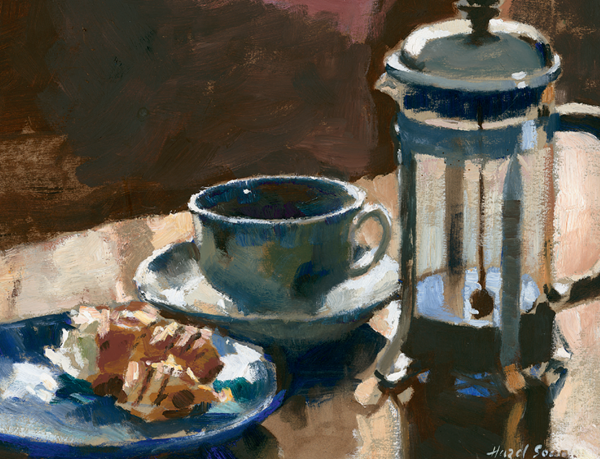
Coffee and Croissants25 x 30 cm (10 x 12 in) Everyday items like these leftover breakfast things make a fun subject for a quick painting. Using large brushes and few colours, you will be amazed at how much you can achieve in a short time.
CHAPTER 2
What you need
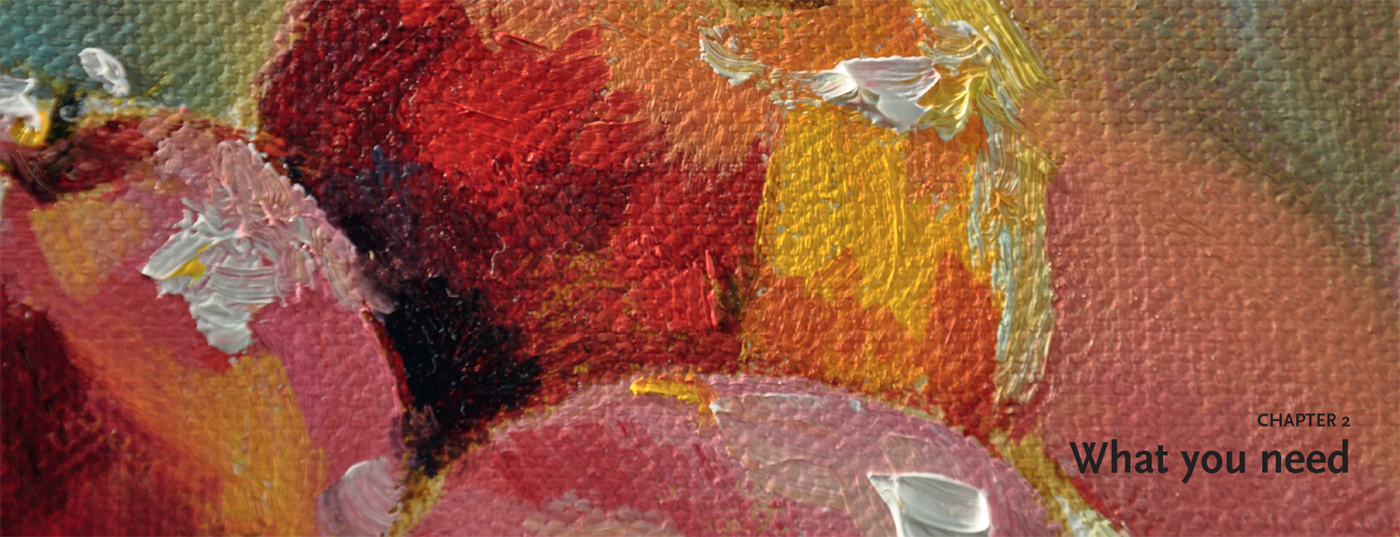
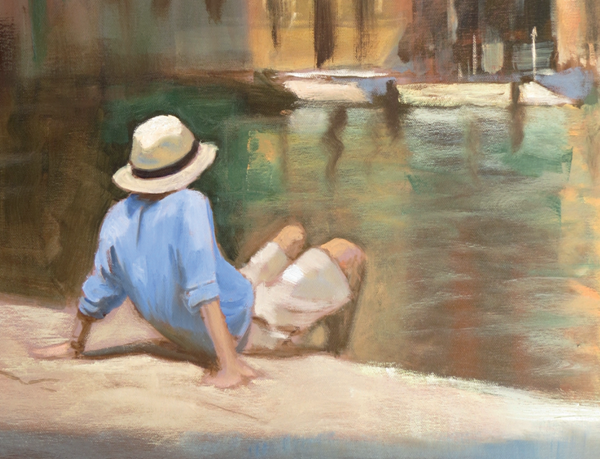
Lost in Thought25 x 35 cm (10 x 14 in)
Keep it simple
In the mid-nineteenth century, oil paint became available in pre-packaged tubes. Before then, artists had made their own oil paints, grinding pigment and blending it with oils. With the advent of tubes of paint, artists had a new freedom to work away from the studio, hence the boom in outdoor painting that gave rise to impressionism.
Nowadays, there are dozens of art materials on display in shops all very tempting but you only need a few colours, a handful of brushes, a thinning and cleaning agent, pots, a palette, some painting surfaces, and ideally an easel to get started.

Paint
Tubes of oil paint come in varying sizes and many colours, often with bewildering names. These may be meaningless to begin with, but actually do inform the artist about the colour inside. I suggest that you start with standard 37 ml tubes and a set of colours with similar properties to those outlined on the opposite page.
Next page
